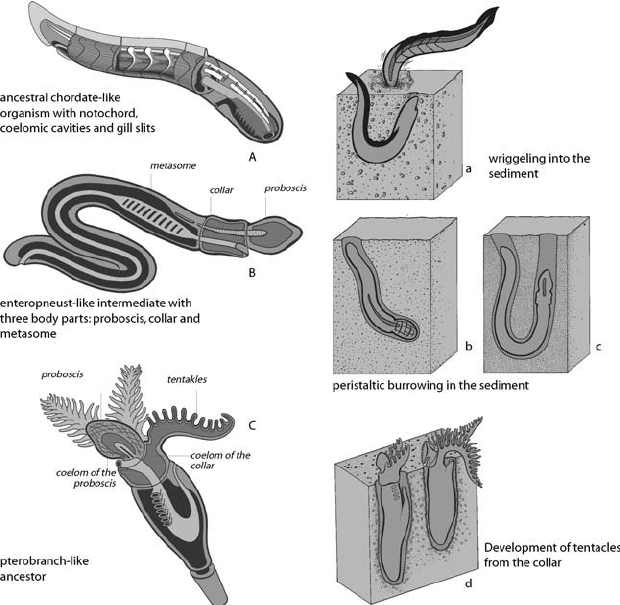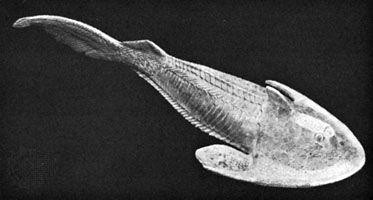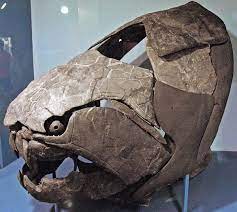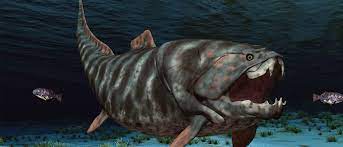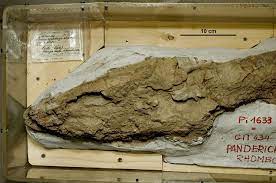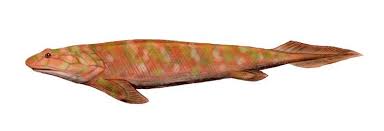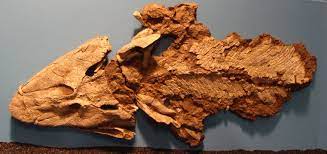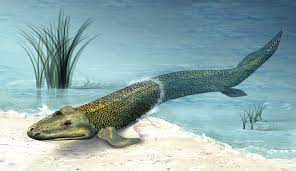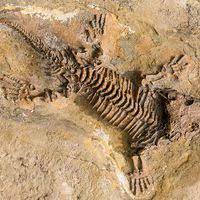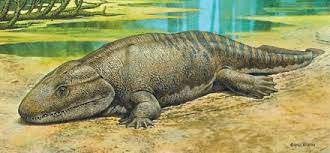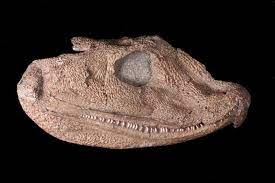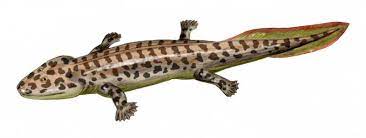Midterm Study Guide - GEOL 203
Know the Paleozoic periods of the geologic time scale in their correct order. | Cold oysters seldom develop many precious pearls, their juices congeal too quickly. Cambrian, Ordovician, Silurian, Devonian, Mississippian, Pennsylvanian, Permian, Triassic, Jurassic, Cretaceous, Tertiary, Quaternary. Can Oscar See Down My Pants Pocket (Youngest → Oldest) Cambrian Ordovician Silurian Devonian Mississippian Pennsylvanian Permian |
|---|---|
Definitions/Concepts | |
Fossil | Any remains, trace, or imprint, of a plant or animal that is preserved in the Earth’s crust since past geologic or prehistoric time |
Dogma | Something held as an established opinion |
Species | Group of organisms that can interbreed and produce fertile offspring having similar structure, habitats, and functions |
Niche | The position of an organism or population in the environment as determined by its mode of life |
Trace fossil | Animal tracks and/or burrows preserved in rocks |
Trigger mechanism associated with extinction | A disturbance that brings one or more kill mechanisms into play |
Kill mechanism associated with extinction | Physiologically disruptive process that causes death |
Patterns of evolution | |
Adaptive radiation | the process of diversification or multi-branching of a lineage of organisms. Each variant develops a significant structural and/or environmental breakthrough. |
Difference between punctuated equilibrium and natural selection | large extinctions have occurred both locally and globally many times in Earth’s history. The extinctions are followed by a period of adaptive radiation as vacant niches are filled. Once the niches are filled by the most well adapted species, a period of species stability occurs, which lasts until the next large extinction |
Convergent evolution | Species that live in similar environments and evolved similar features but are only very distantly related
|
Controls on global climate (know the following, how they influence climate and the timescales at which they are significant) | |
Configuration of continents | 100s to 10s of My (millions of years) Cretaceous: many conclude Earth lacked significant ice during the Cretaceous. The lack of ice was due to the circum-equatorial Tethys ocean, which was effectively a giant furnace. Circum-equatorial oceanic circulation persisted through the end of the Eocene (33.9 Ma) Cenozoic: circum-polar (Antarctic) oceanic and atmospheric circulation began in the Paleogene (53 Ma), and Earth was relatively cold by the start of the Oligocene (33.9 Ma). More recently, the last 2.5 million years have been particularly cold, and it is probably related to the closing of the Isthmus of Panama Combined effect of N-S oriented continents and circum-polar circulation Isolation of Antarctica facilitates ice sheet growth on the south pole, and the ice sheet acts like a gigantic fridge. It sends cold water north as form of density currents within Earth’s oceans. |
Milankovitch radiation cycles | 100 ky (thousands of years) to 10s of ky
|
Greenhouse gasses, with emphasis on CO2 | Decades to centuries, thousands of years, millions of years
|
Six conditions that facilitate existence of liquid water on the surface of a planet |
|
Stanley Miller’s experiments and the results |
Miller passed energy (electric sparks) through a mixture of hydrogen, ammonia, and methane to try and simulate likely conditions in the Early earth Chemical products fell into a protected flask. Products included cyanide and formaldehyde, aka amino acids which are the vital components of all living cells Best results came when Miller added volcanic gas to his mixture; discovered after his death |
Most likely places for the first complex organic molecules and where life came into existence |
|
Most likely tectonic settle of where the first complex organic molecules formed and the most likely place where life (as filamentous and tubular structures) first appeared | Most plausible environment where organic compounds may have been sufficiently concentrated to form more complex organic compounds: Clay mineral grains at sea floor spreading centers |
Age range of rocks that contain the oldest known fossil evidence for life | 3.77 to 4.28 Ga (billion years) Found by Dodd et al in 2016 |
Notable characteristics of Kingdom Monera + time period during which stromatolites were the most advanced organisms on Earth | Kingdom Monera: single celled organisms that have no nucleus; aka prokaryotes. Include bacteria and blue-green algae. Only prokaryotes in the kingdoms. Oldest known stromatolites about 3.7 Ga Were most advanced from 3.7 Ga to 1.8 or 1.6 Ga (when eukaryotes appeared) |
Differences between Prokaryotic cells and Eukaryotic cells | Eukaryotic cells are more complex than prokaryotic cells. Eukaryotes are hypothesized to have evolved from prokaryotes and have a symbiotic relationship as a result. Prokaryote: single celled organisms that have no nucleus Eukaryote: nucleus and organelles Most prokaryotes are anaerobic, most eukaryotes need oxygen for respiration and are aerobic |
Gift that stromatolites gave to Earth and development of banded iron formations (BIFs) | Uranium and pyrite ores in 2.3 Ga sandstone indicate O2 concentration in the atmosphere was about 1-2% compared to modern day. As stromatolites thrived, they released O2 into the atmosphere, allowing the concentration of O2 to reach a necessary level to support complex life. |
Protist evolutionary highlights and the time period during which they were the most advanced on Earth |
Timeline: 3.7 Ga: Prokaryotes → 2.1 Ga (or 1.8 to 1.6): Eukaryotes → 1.1 Ga: appearance of Eukaryotes capable of sexual reproduction → 640 Ma: Metazoans → 540 Ma: metazoans with skeletons |
Fundamental difference between sponges and cnidarians, in terms of nervous system (or lack of nervous system). Know how cnidarians are different from coelomates | Sponges: simplest multi-celled organism, between protists and cnidarians for the sake of evolutionary continuity Cnidarians have a nervous net and defense mechanisms, but only 2 body layers. Coelomates have 3 body layers with no body cavity (or coelum) |
Read about Ediacara Fauna on pages 53-56 in Cowan’s history of life Figure 4.18 and caption | Fossils of Ediacara Fauna are the first evidence for abundant, multicellular life
|
What evolutionary development accounts for the apparent “Cambrian explosion”? |
|
Significance of Burgess Shale biota/Burgess Fauna and the two hypothesis that attempt to explain the significance of Burgess Shale Biota | Burgess Shale organisms are soft bodied organisms that are significantly different from any existing organisms. This suite of fossils is important because it is a more complete illustration of Paleozoic life than the record of animals with skeletons, which represents around 10% of the organisms that existed during the Cambrian time Hypotheses regarding how Burgess Shale biota relate to modern organisms:
|
Likely cause of 3 major trilobite extinctions that took place in the Upper Cambrian and evidence supporting them | Causes (trigger mechanism): short-lived cooling of oceans Kill mechanism(s): loss of habitat as epicontinental seas vanished, warm, shallow seas became rare Evidence:
|
Characteristics that make Grapholites and other organisms good index fossils |
|
Carnivore nautiloids – be able to draw one |
|
Likely cause of the major extinction that took place at the end of the Ordovician, and evidence supporting this hypothesis | Caused by climate changes
|
why, in terms of paleoenvironmental factors, organic reef communities thrived in the Silurian and Devonian | Sea level was relatively high so significant parts of most continents were below sea level Reef communities thrived because the relatively high sea level led to the development of epicontinental seas, which were relatively shallow and warm, excellent reef environments |
Be able to sketch a Devonian tabulate-strom reef and label its components. To study for this, please see the figure AND carefully read its caption in the file <203_notes_4_images.pdf> |
|
Chordates | |
what feature common to all chordates | a notochord: a stiff rod of dense tissue Calcium phosphate skeleton (CaPO4) |
why the calcium phosphate (CaSO4) skeleton of chordates is a big evolutionary advantage over the CaCO3 skeletons of their animals. | Calcium phosphatase skeletons make anaerobic glycolysis possible Anaerobic glycolysis is cellular breakdown of sugar to make energy in the absence of oxygen → byproduct is lactic acid, which dissolves CaCO3 and is a problem when you have a CaCO3 skeleton |
The physiological differences between Placoderms and Ostracoderms | Ostracoderms are jawless fishes Placoderms are jawed fishes |
which of the following lineage of fishes gave rise to all jawed fishes: ostracoderms, placoderms, cartilaginous fishes actinopterygians/ray-finned fishes, sarcopterygians/lobe-finned fishes. | Placoderms gave rise to all modern jawed fishes according to a 419 Ma (Silurian) fossil discovered in 2013 |
Why Actinopterygians (Ray finned fishes) were successful fishes | They had thin, lightweight bones and fins built for fast strokes and fast swimming. This meant they were good swimmers and became the dominant fishes |
Why Sarcopterygians (lobe fin fishes) were well suited to give rise to land animals (the “tetrapods”), and the evolutionary serendipity that led to lobe finned fishes evolution into tetrapods | |
Know why fish that via mutations developed leg-like fins were successful | Lived in shallow, epicontinental seas subject to period desiccation. It was an advantage for these organisms to efficiently flop from pond to pond Transitional organisms lived in swampy areas choked with vegetation so strong, limb-like fins helped them move through these environments |
Know why amphibians outcompeted Rhipidistians (3 reasons/factors) | Amphibians could bask in the sun to warm up and speed digestion, leading to more rapid growth and maturity reached later in life, which favors more successful reproduction Ability to use oxygen in air which is more concentrated and easier to absorb than oxygen in water |
Know all about Rhipidistians | |
Know the cause of the extinction at the end of the Devonian, including the Kellwasser events | Glaciation at end of Devonian caused by cooling event
Kellwasser events were a trigger mechanism that is typically recorded as two 1.5-2.0 m thick beds of organic, rich, black shale Kellwasser-related extinction: 40% of all marine genera died out, 70% of all marine invertebrate species died out
|
Time period during which the following organisms were the most advanced on Earth | |
stromatolites protists (K. Protista) eurypterids carnivore nautiloids dunkleosteus | Stromatolites: precambrian Protists: Eurypterids: Silurian Carnivore nautiloids: Dunkleosteus: |
Be able to recognize in a photo + name organisms | |
Stromatolites |
|
Trilobites | variable glabella size and shape, position of eyes and facial sutures, and hypostome specialization
Little guy Looks like a bug or a horseshoe crab |
Anomalocaris | swimming flaps running along its body, large compound eyes, and a single pair of segmented, frontal appendages used to grasp prey
Another little guy |
Carnivore nautiloid | I think this one is the shell one but i’m honestly not sure |
Eurypterid | Paleozoic “sea scorpions”
Lober 🦞 |
Cooksonia |
|
Chordate/Echinoderm ancestor |
worm |
Ostracoderms | use of gills not for feeding, but exclusively for respiration
Another little guy… kinda like a hammerhead shark or a horseshoe crab |
Dunkleosteus (a placoderm) |
I'm scared of this one |
Panderichthys | pectoral fins that matched the tetrapod forelimb pattern of a humerus, ulna, and radius; and had a tibia and fibula in the the posterior fins
fish |
Tiktaalik roseae | Combined fish and tetrapod characteristics
Fish but it can go on land too… evolution |
Ichthyostega | Combined limbs and deep rib cage for air breathing lungs Filled evolutionary gap between fish and land-going animals
|
Acanthostega |
froggy |
Know distinctive and distinguishing evolutionary characteristics of these organisms | |
Placoderms | First jawed fish Amored |
Cooksonia | small, slender axes that branch dichotomously |
Echinoderms | Bilateral symmetry in larvae, pentaradial in adults |
Graptolites | Distinct Evolutionary Characteristics of Graptolites:
|
Eusthenopteron | Led to first terrestrial vertebrate: tetrapods |
 Knowt
Knowt

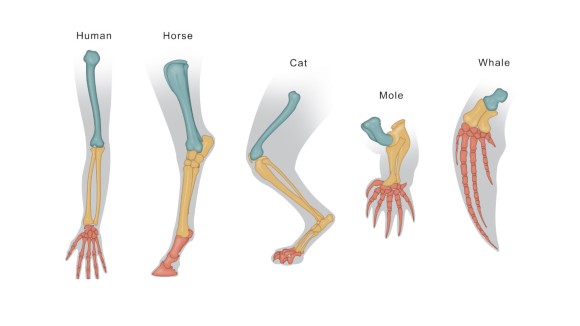
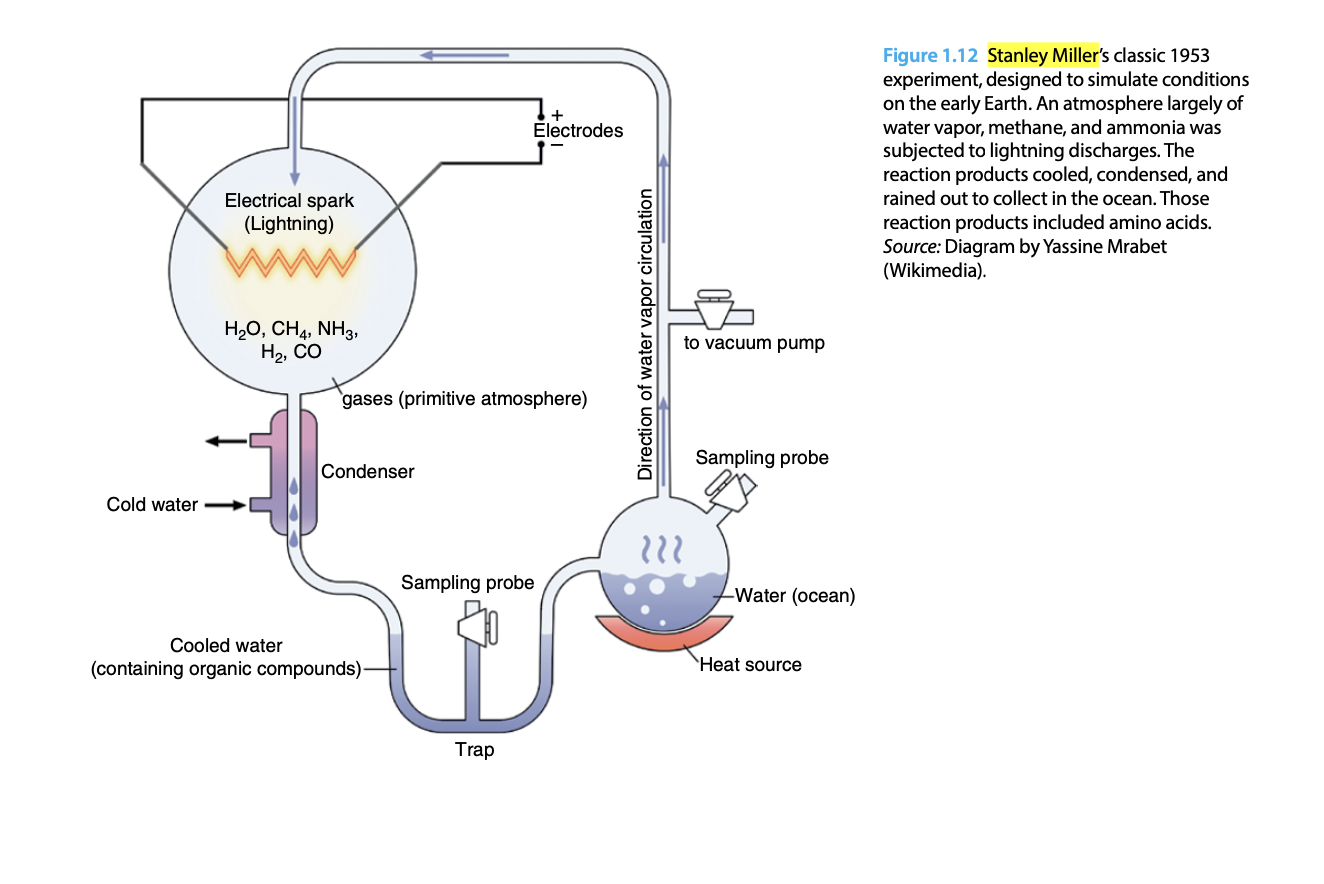
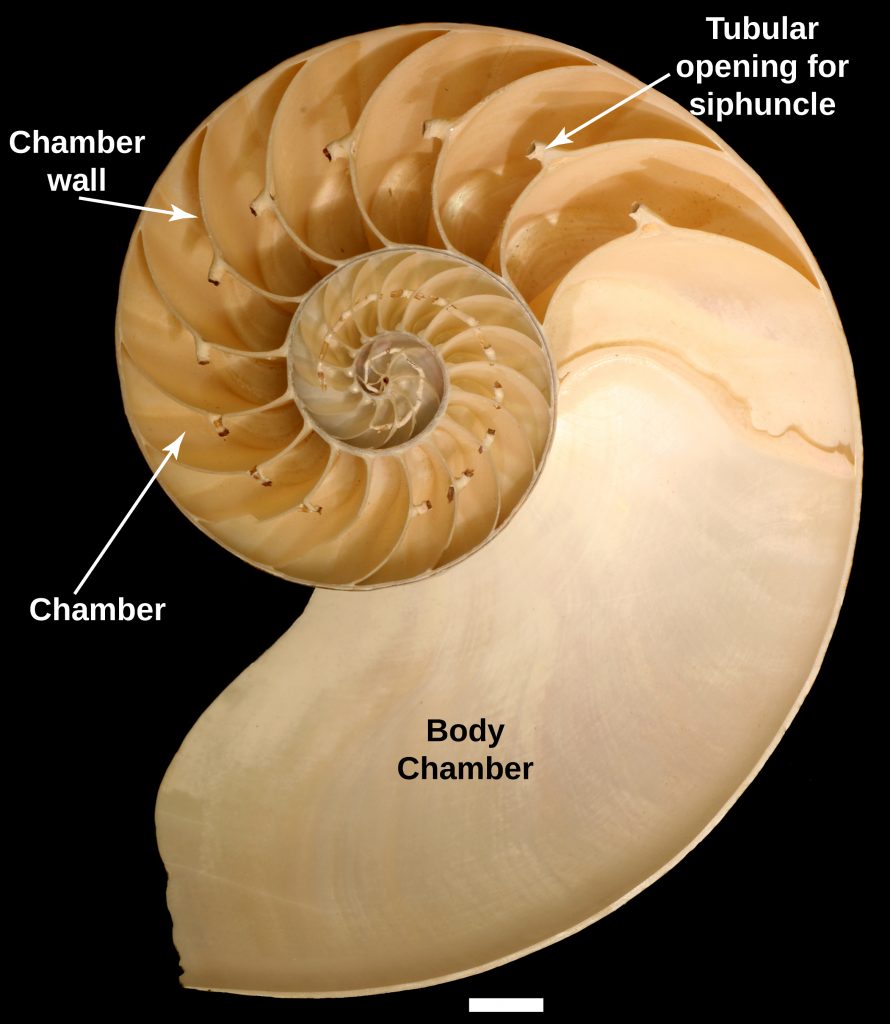
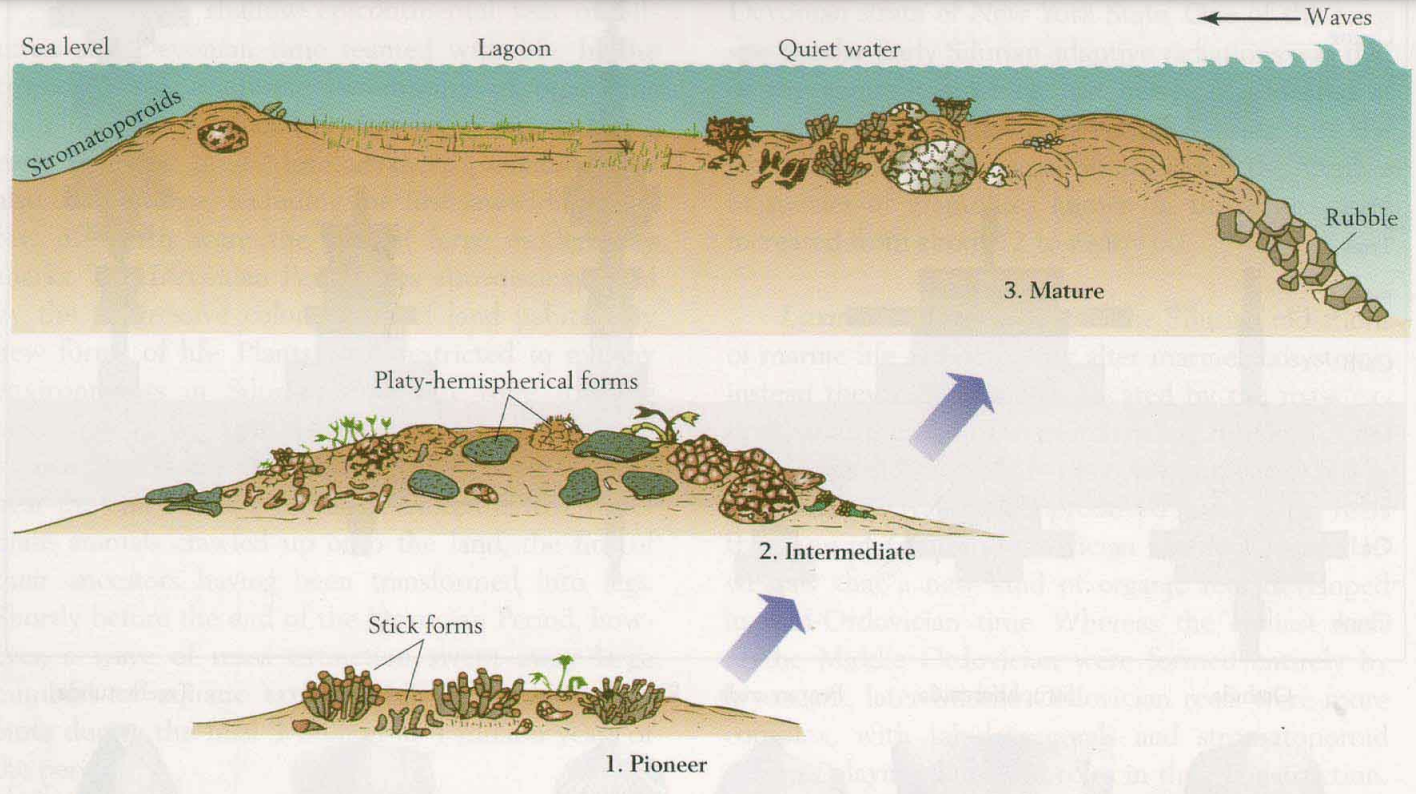
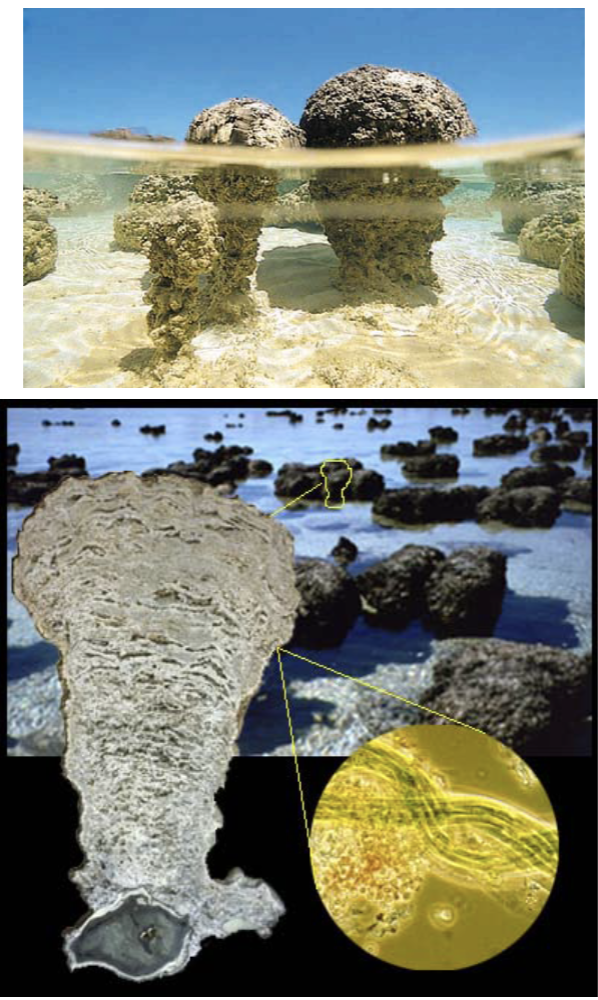 like big rocks idk
like big rocks idk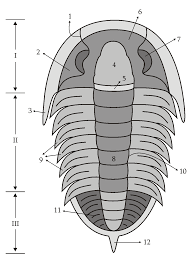
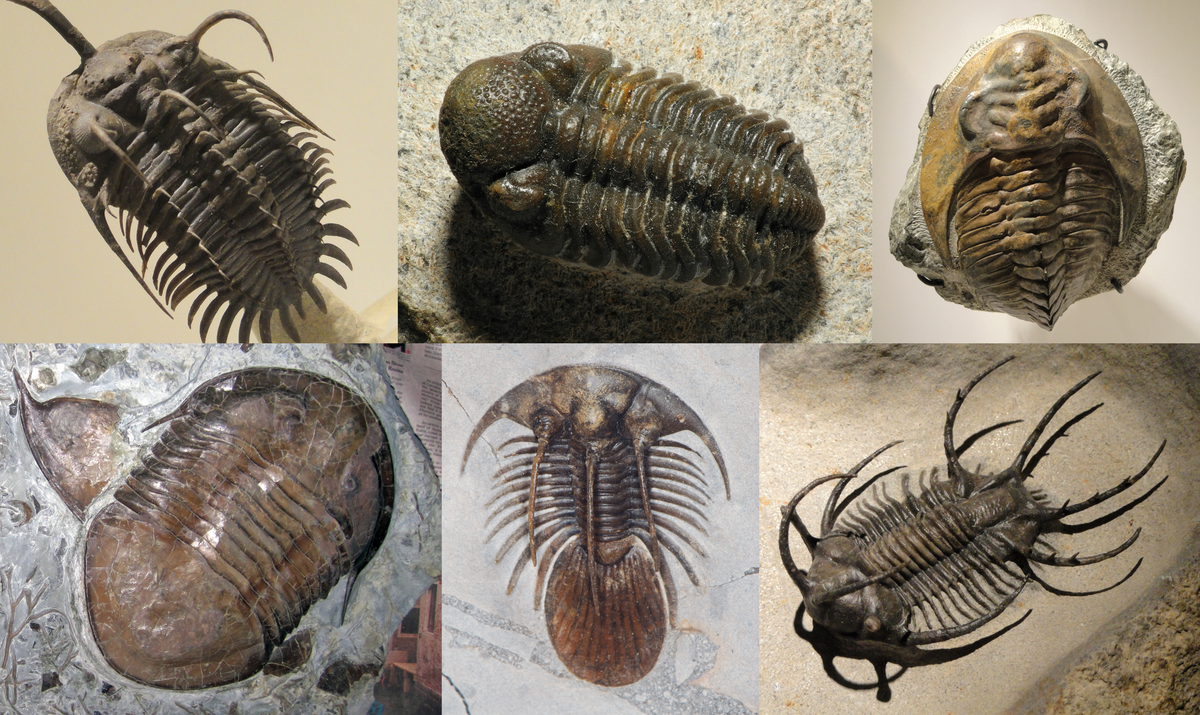
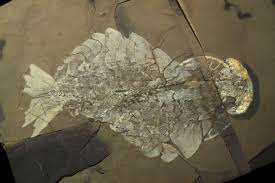
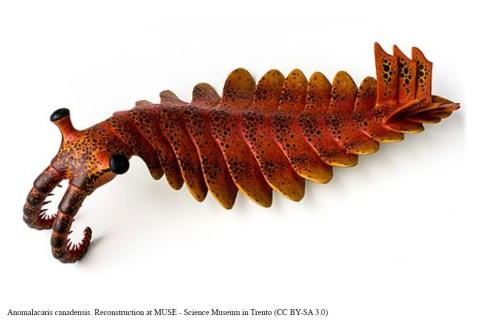
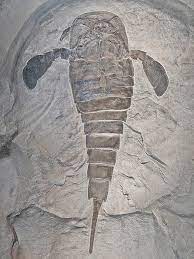
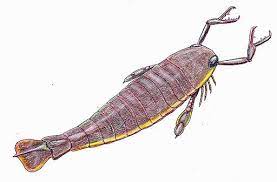
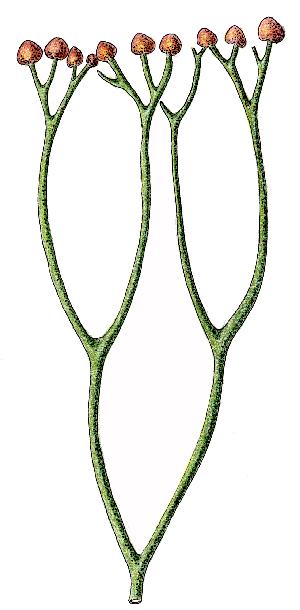
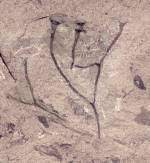 idk he looks like a plant with little blobs on top
idk he looks like a plant with little blobs on top